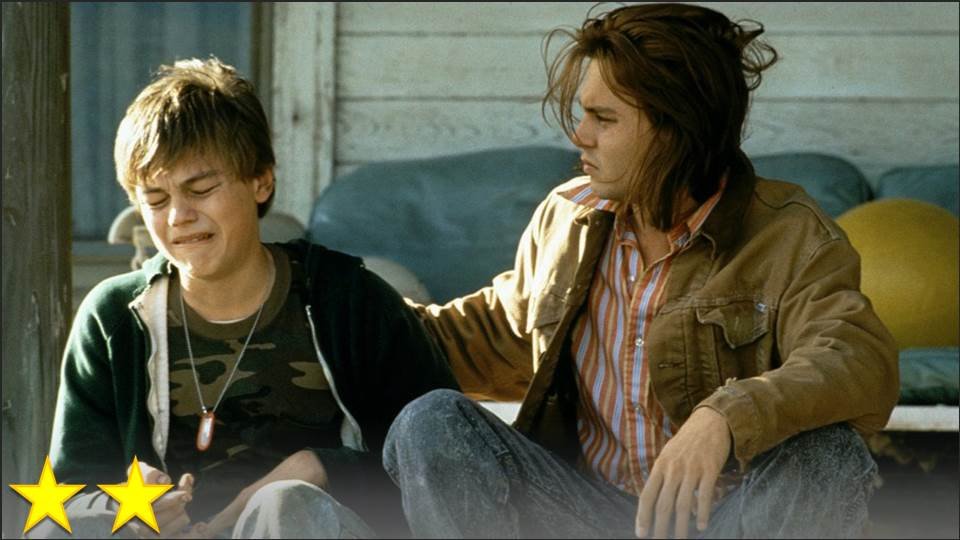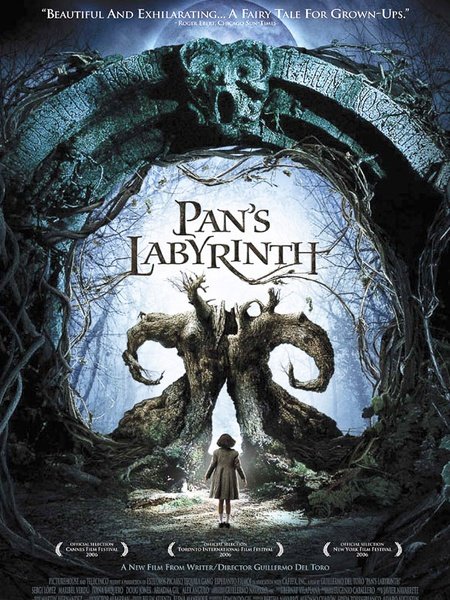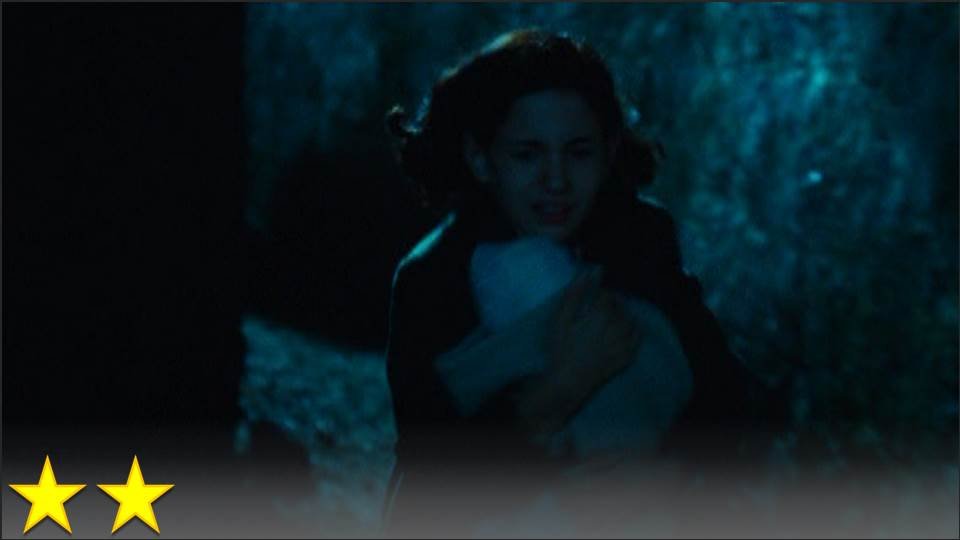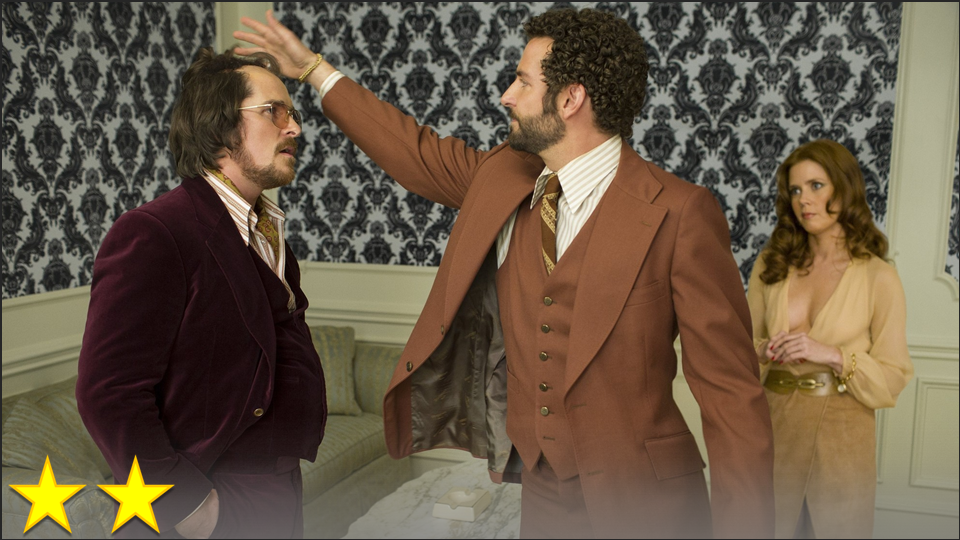Some of my readers – if I may presume I have readers – may be aware that I have three younger brothers. The oldest of the three is Brian, who has down-syndrome, which has made my family’s dynamic an interesting one. As of the time I’m writing this, he’s eighteen years old, and he adds a lot of joy to the family, although he also adds some challenges that we wouldn’t have with a more ordinary teenager. Brian, however, is not the reason I watched this movie. I watched it because of my youngest brother, Grayson, who insisted that I watch it with him. For whatever reason, he adored the movie, but as is common for him, he couldn’t explain why. I was willing to humor him and watch it since it had such critical acclaim, but it unfortunately strikes me as the average “critic porn.”
I have so little to say about this movie because the movie gives me so little to review. What’s actually accomplished by the events of this film? How is the ending necessitated? How does it even make sense? Where do they even live in the end? What the heck was the point of the plotline with FoodLand? Oh, and the other question – why do I care?
I don’t understand what substance Johnny Depp’s character has that’s supposed to make me like him or root for him. I also don’t understand why I’m supposed to like the girl that he likes. When she says the line, “I’m not into that whole ‘external beauty’ thing,” I immediately dismiss her as the kind of pseudo-intellectual hipster that’s not worth my time. So why is she worth the screen time? And if I’m really supposed to care about her, how does the movie expect me to be satisfied with an ending in which she only sees our main characters for a couple months of the year?
What I think I understand is why it’s received such acclaim. The acting is good, considering what the characters are. I have to give credit to Leonardo DiCaprio for his excellent performance, but of course good acting is never the best measure of a film. The “story” is fairly interesting, and I must credit the film for keeping me from getting too bored, which could have happened easily with a film in this genre. It obviously deals with a tricky subject matter, which always gets the attention of the critics, but even with how similar my experiences with my family can be to the experiences of the family in this film, I just don’t care enough about the family to really enjoy the movie. I get what it’s trying to do, and it does that well, but I would never try to do what it’s trying to do, simply because I don’t care for Oscarbait.





